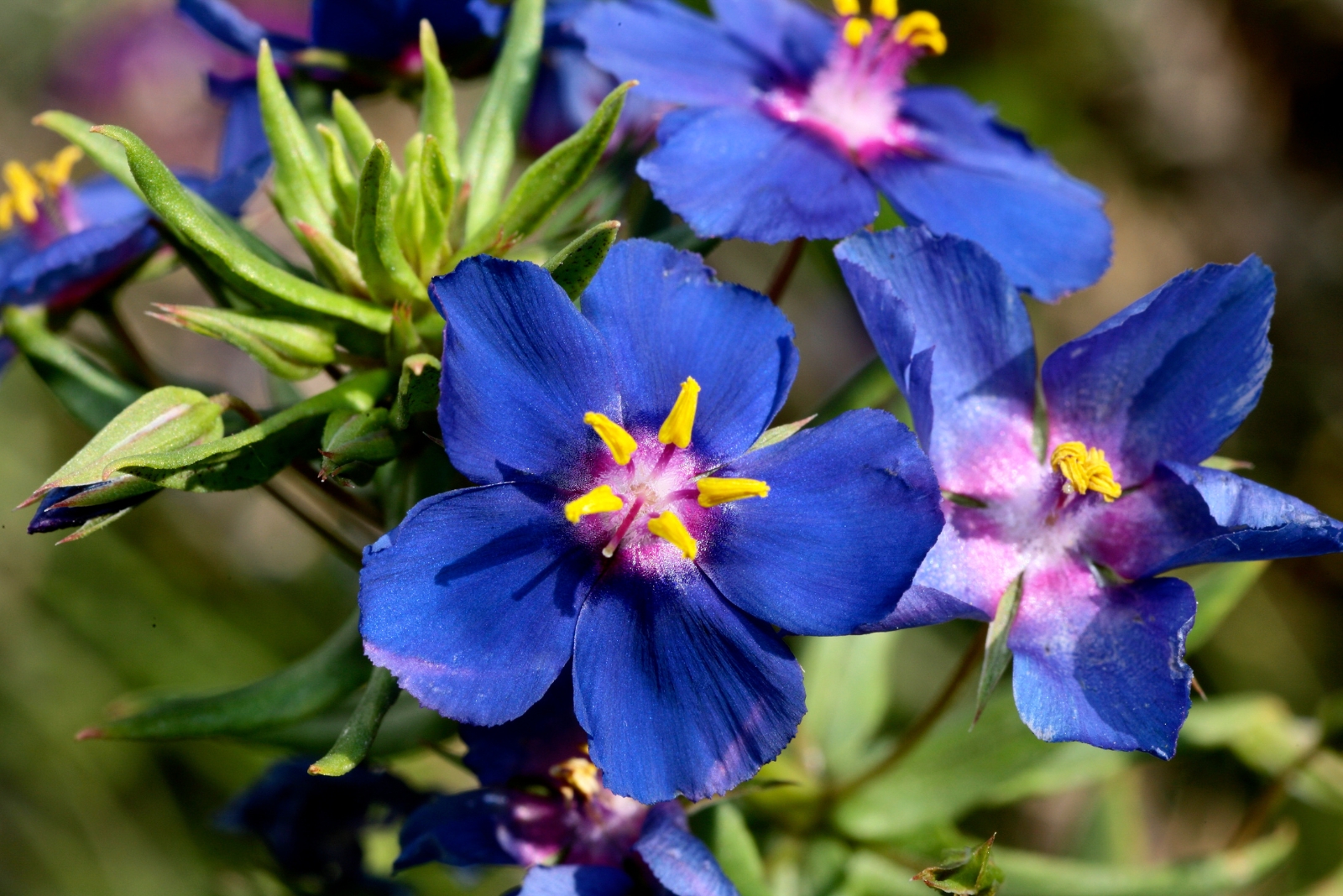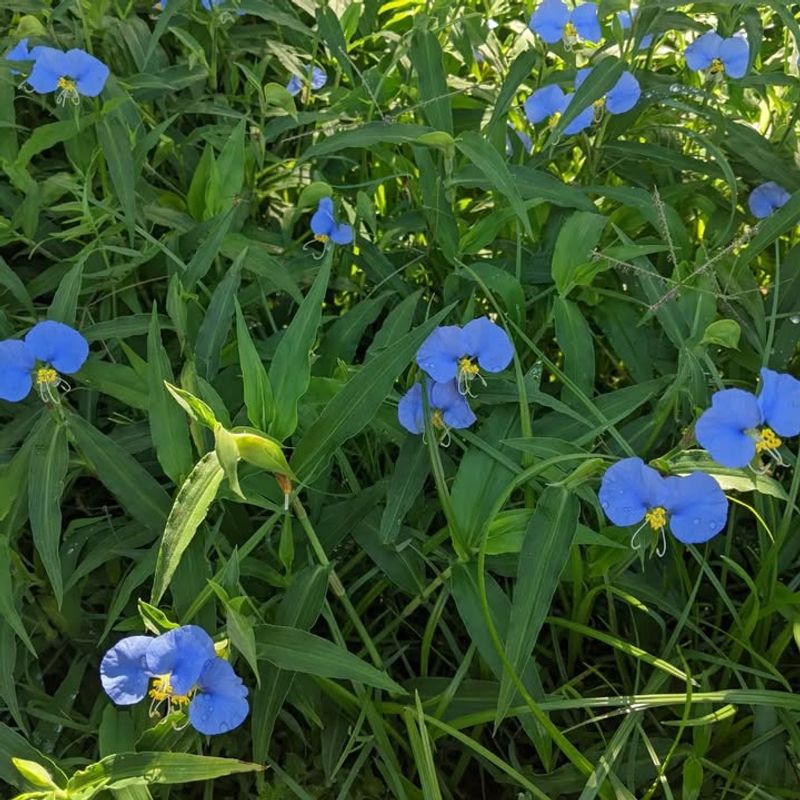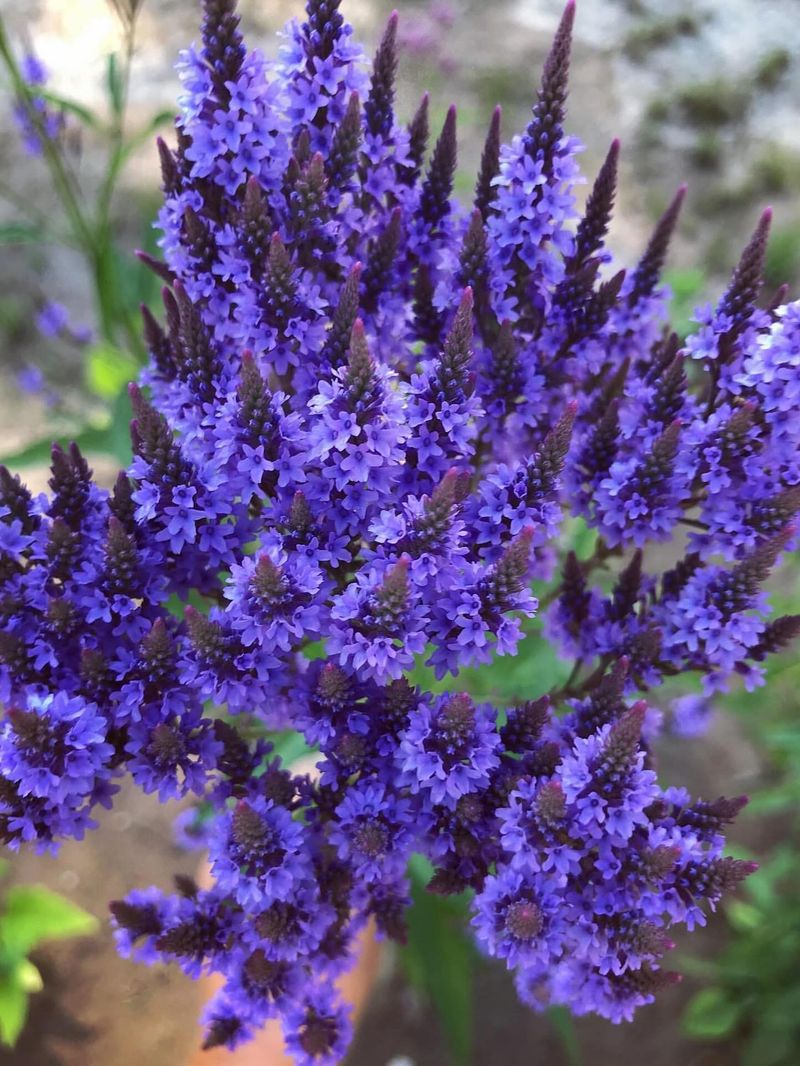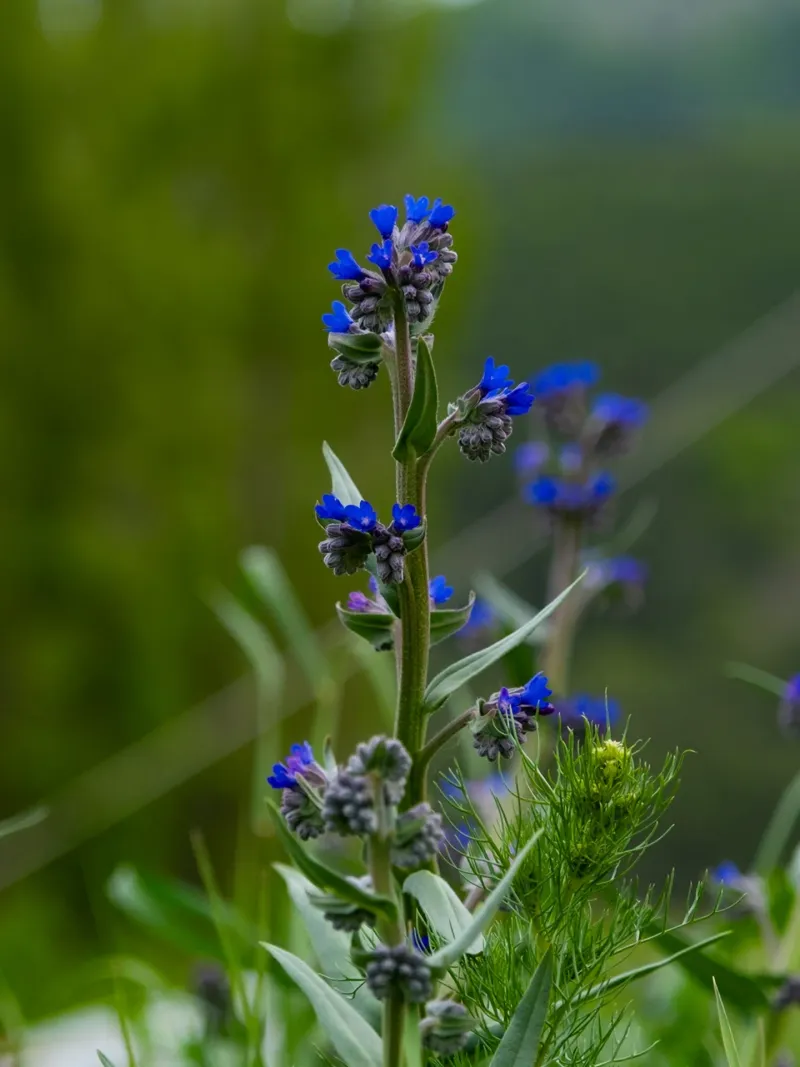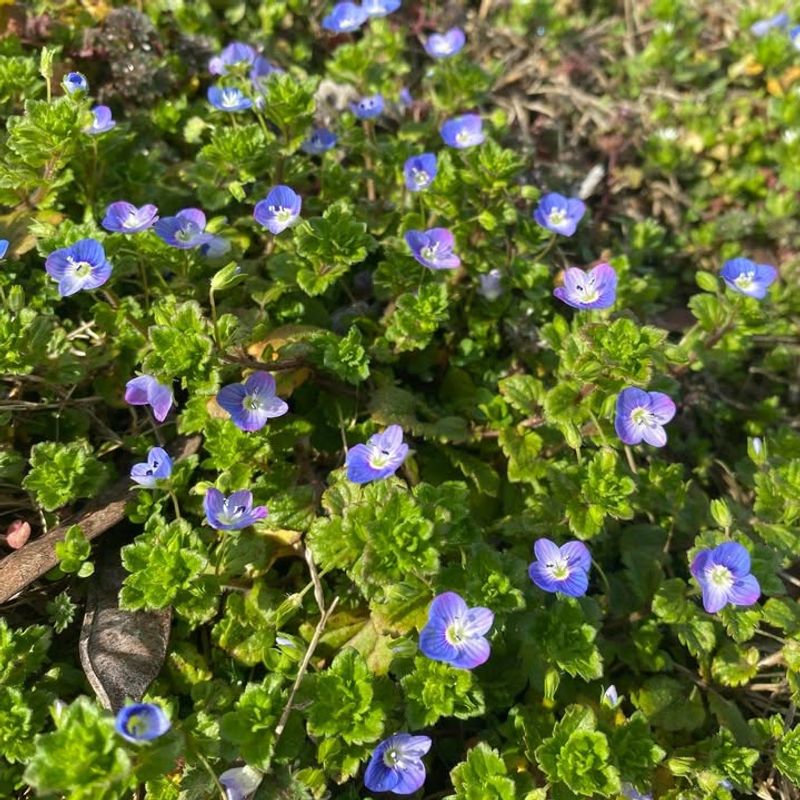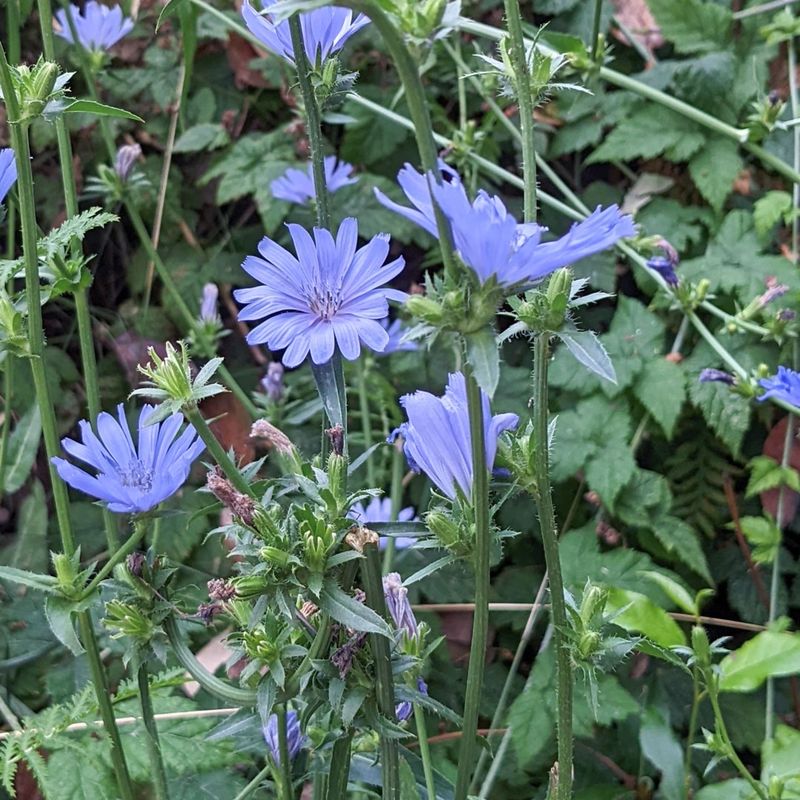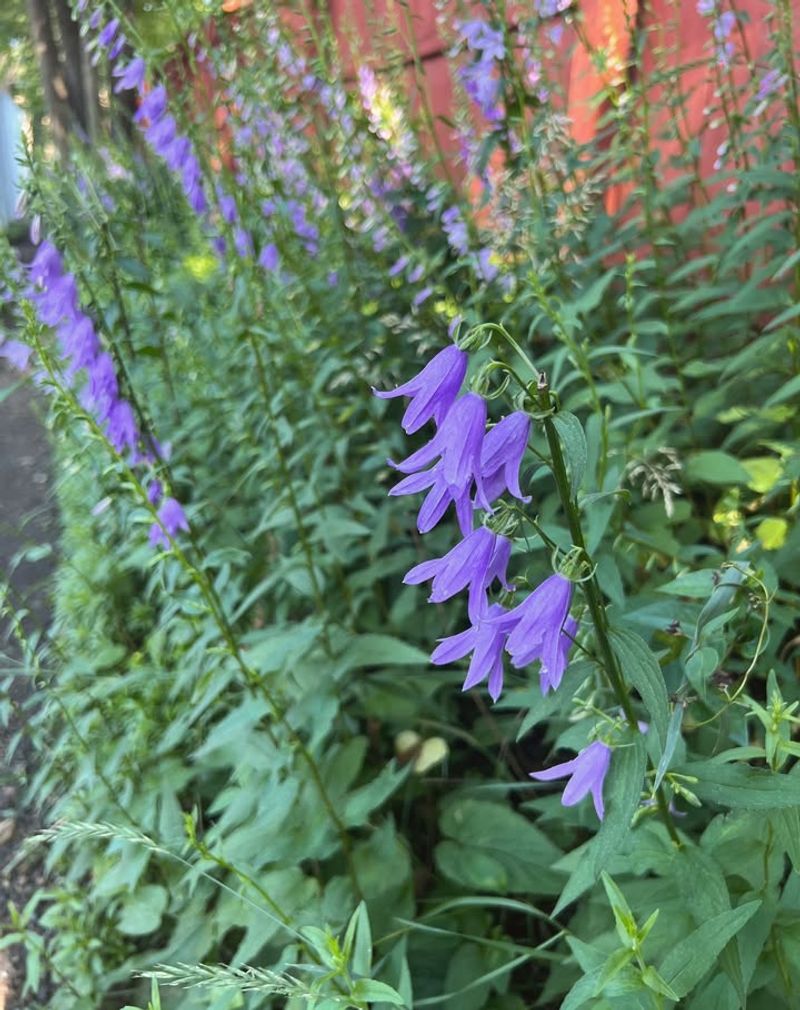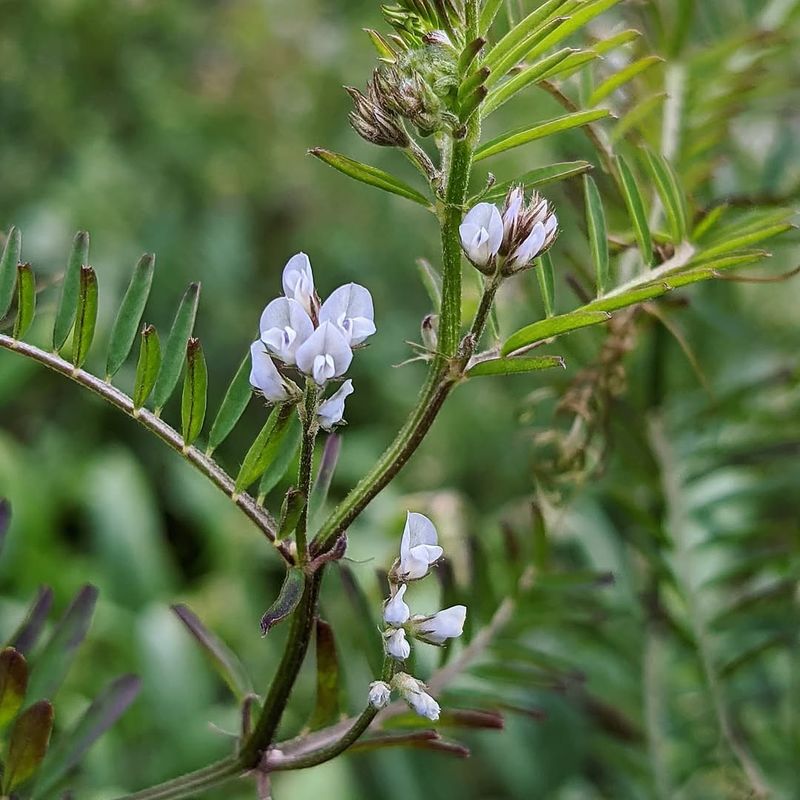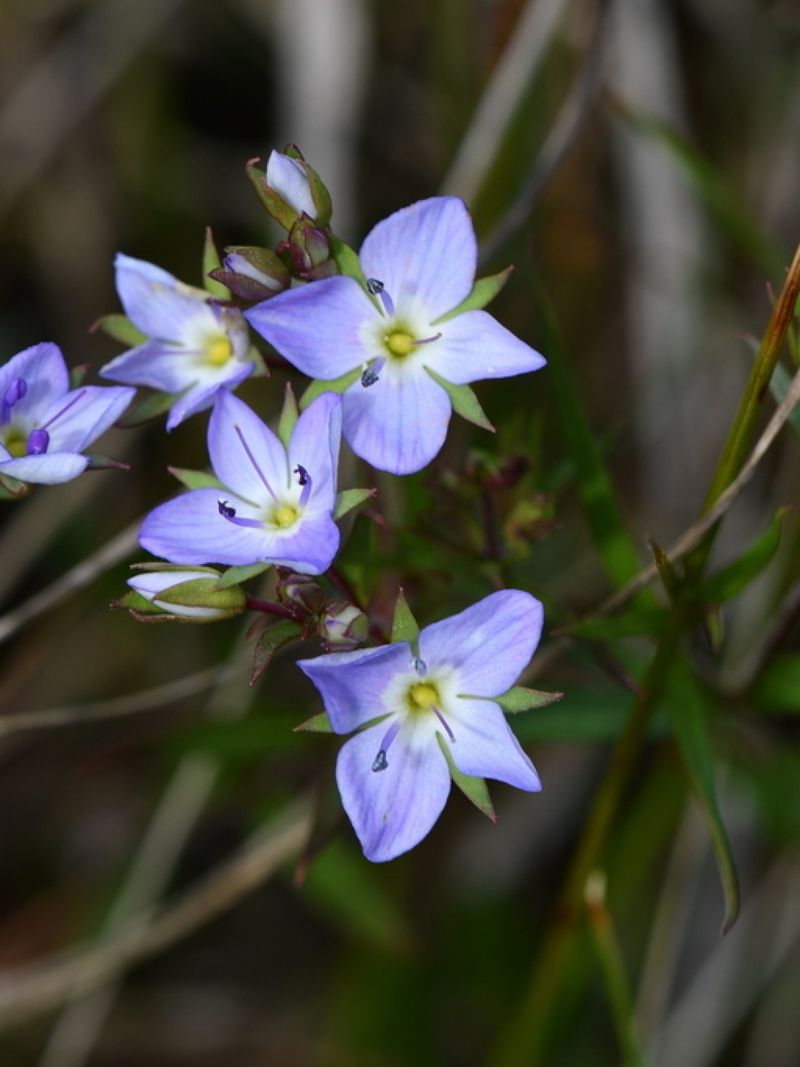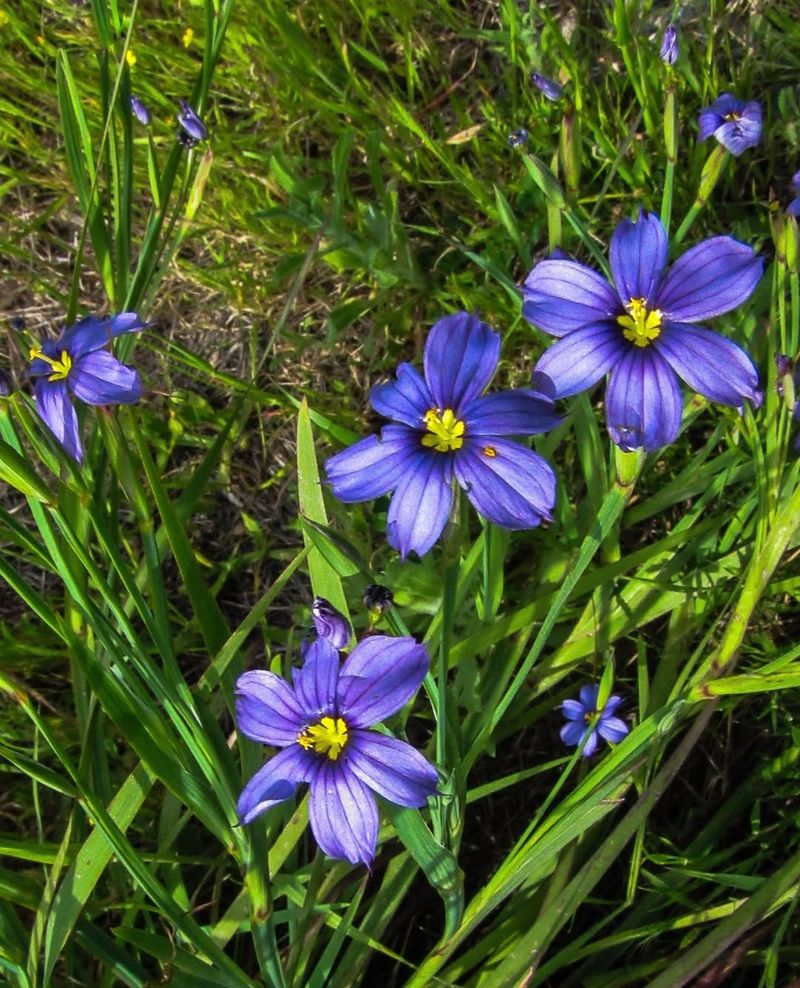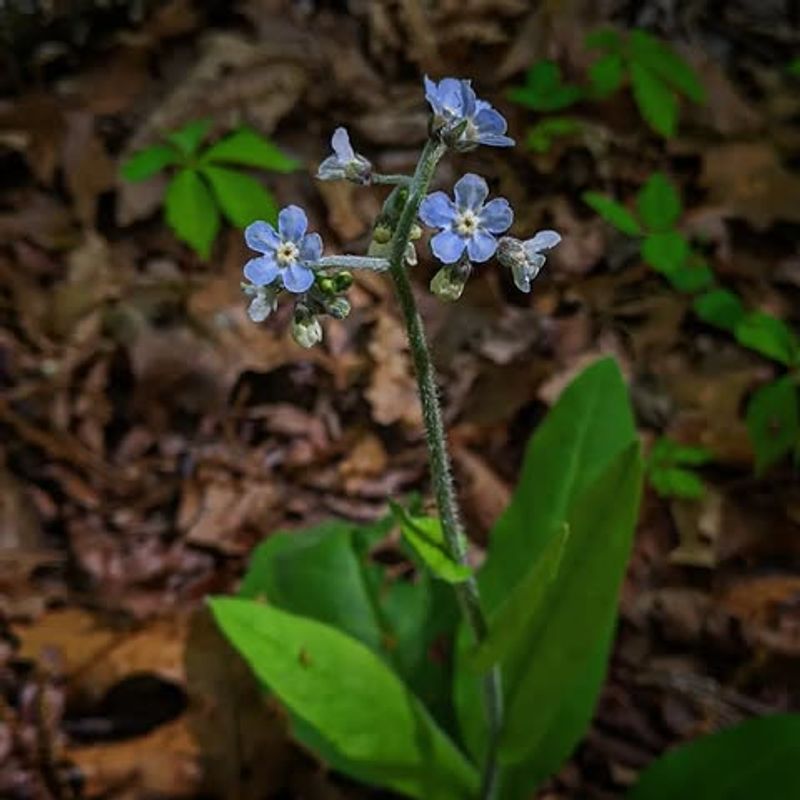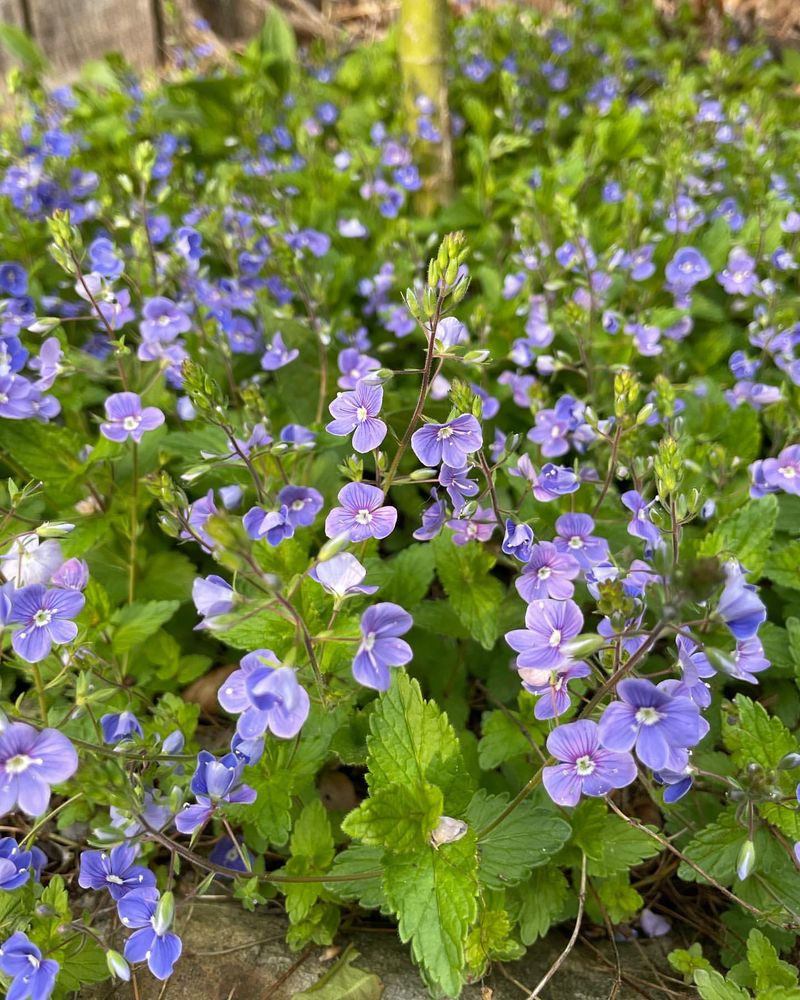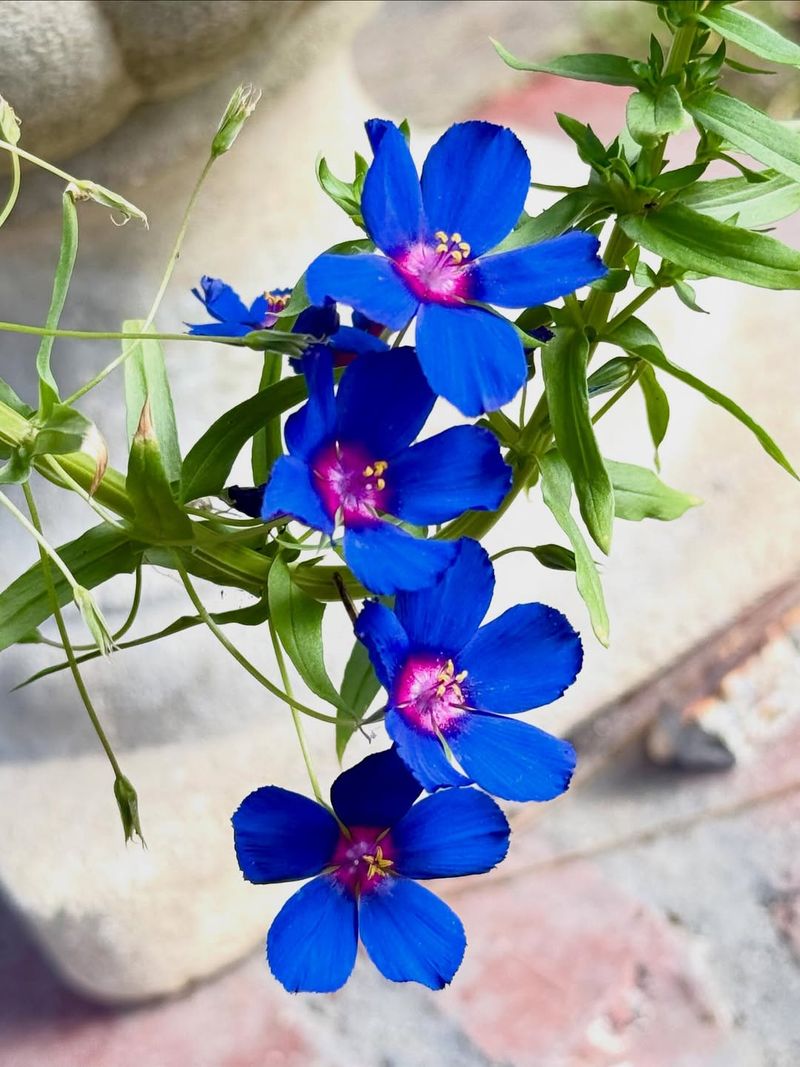Not every blue blossom in Texas is a blessing. Some are sneaky invaders dressed to impress, turning lawns into tangled messes before you can say “Howdy.”
They look like wildflowers, but act like outlaws. Meet twelve of the biggest blue bad boys you’ll want to skip at the garden center.
1. Asiatic Dayflower
Asiatic dayflower spreads like wildfire once it gets a foothold in your lawn. Its bright blue petals might catch your eye, but underneath, this weed develops a root system that is nearly impossible to pull out completely.
Fragments left behind sprout into new plants within days. Texas humidity gives it everything it needs to thrive, making control extremely difficult.
Manual removal rarely works because tiny pieces regrow fast. Chemical treatments often need multiple applications to see results.
2. Blue Vervain
Native to Texas but aggressive in gardens, blue vervain can dominate flower beds if left unchecked. Tall spikes covered in tiny blue blooms look attractive from a distance, yet they produce thousands of seeds per plant.
Wind and birds carry those seeds everywhere, creating new patches across your property. Once established, the deep taproot makes removal tough and time-consuming.
Garden beds become overrun quickly, crowding out plants you actually want to grow.
3. Texas Blueweed
Despite having Texas in its name, this plant earns its weed status by spreading aggressively through lawns and gardens. Small blue flowers appear charming at first glance, but the plant grows low and dense, smothering grass beneath it.
Mowing does not stop it since stems root wherever they touch soil. Pulling it up leaves behind root fragments that regenerate rapidly.
Before you know it, entire sections of your yard turn into blueweed carpets that resist most control methods.
4. Corn Speedwell
Corn speedwell sneaks into lawns during cool weather and spreads before homeowners notice. Tiny blue flowers with white centers seem harmless, but this weed reproduces both by seed and creeping stems that root at nodes.
It thrives in thin or patchy grass where competition is weak. Hand-pulling feels endless because new plants pop up constantly from seeds already in the soil.
Herbicides work best when applied early in spring before flowering begins and seeds scatter everywhere.
5. Chicory
Chicory produces stunning sky-blue flowers along roadsides, but planting it intentionally in your yard is asking for trouble. Deep taproots plunge several feet down, making complete removal nearly impossible without digging up large sections of soil.
Seeds spread easily, and new plants emerge year after year. The weed tolerates drought and poor soil, thriving in Texas conditions where other plants struggle.
Once established, chicory becomes a permanent fixture that resists most eradication efforts.
6. Creeping Bellflower
Creeping bellflower earns its name by spreading underground through rhizomes that pop up everywhere. Bell-shaped blue-purple flowers look lovely in bouquets, but in your yard, they signal an invasion that is hard to stop.
Even tiny root pieces left in soil regenerate into full plants. Digging it out often makes the problem worse by breaking roots into multiple pieces.
Gardens and flower beds become infested quickly, with new shoots appearing far from the original plant location.
7. Common Vetch
Common vetch climbs over other plants using tendrils, smothering everything in its path. Blue-purple flowers develop into seed pods that explode when ripe, scattering seeds across your entire yard.
This weed thrives in disturbed soil and quickly colonizes bare spots. Its nitrogen-fixing ability sounds beneficial, but it grows so aggressively that desirable plants cannot compete.
Removing it requires catching plants before they set seed, which happens rapidly in warm Texas springs and falls.
8. Slender Speedwell
Slender speedwell forms dense mats in lawns, with delicate blue flowers that appear in early spring. Low growth allows it to escape mower blades, and it spreads rapidly through seeds and creeping stems.
Weak or stressed grass provides the perfect opportunity for this weed to take over. Chemical control works best when applied before flowering, but timing is critical.
Miss the window, and thousands of seeds ensure next year brings an even bigger infestation throughout your entire property.
9. Blue-Eyed Grass
Blue-eyed grass is not actually grass but a member of the iris family that spreads aggressively in lawns. Small blue flowers with yellow centers look cute, but the plant forms clumps that expand each year.
Seeds scatter easily, creating new patches across your yard. Grass-like leaves blend in until flowering time reveals how widespread the infestation has become.
Digging out clumps works for small areas, but large infestations require persistent effort and often repeated herbicide applications to achieve control.
10. Wild Comfrey
Wild comfrey produces clusters of blue-purple tubular flowers that attract pollinators, but its aggressive growth makes it a nightmare for homeowners. Large leaves and thick stems spread rapidly, forming dense colonies that exclude other plants.
Roots break easily when pulled, and every fragment left behind grows into a new plant. The weed tolerates various soil conditions and thrives in Texas heat.
Eradication requires multiple seasons of persistent effort, combining mechanical removal with targeted herbicide treatments for best results.
11. Germander Speedwell
Germander speedwell carpets lawns with bright blue flowers in spring, but its beauty masks a tenacious weed. Creeping stems root at every node, creating a network that spreads in all directions.
Mowing does not stop it since growth stays low enough to avoid blades. Seeds and stem fragments both produce new plants, making control frustratingly difficult.
Healthy, thick grass provides the best defense, but once established, this weed requires chemical treatment and often multiple applications to eliminate completely from your Texas property.
12. Blue Pimpernel
Blue pimpernel looks delicate with its small blue flowers, but appearances deceive. Spreading stems root wherever they contact Texas soil, creating new plants that expand outward in circular patterns.
Seeds remain viable in soil for years, germinating whenever conditions favor growth. The weed thrives in disturbed areas and quickly invades flower beds and vegetable gardens.
Hand-pulling works for small infestations if done before flowering, but established populations require herbicide treatment and persistent monitoring to prevent reinfestation from soil seed banks.

